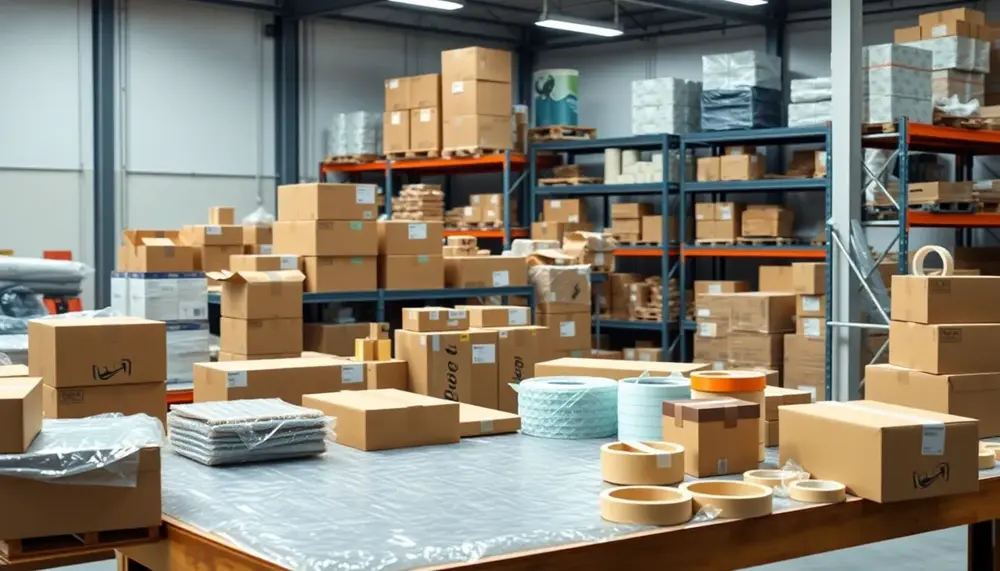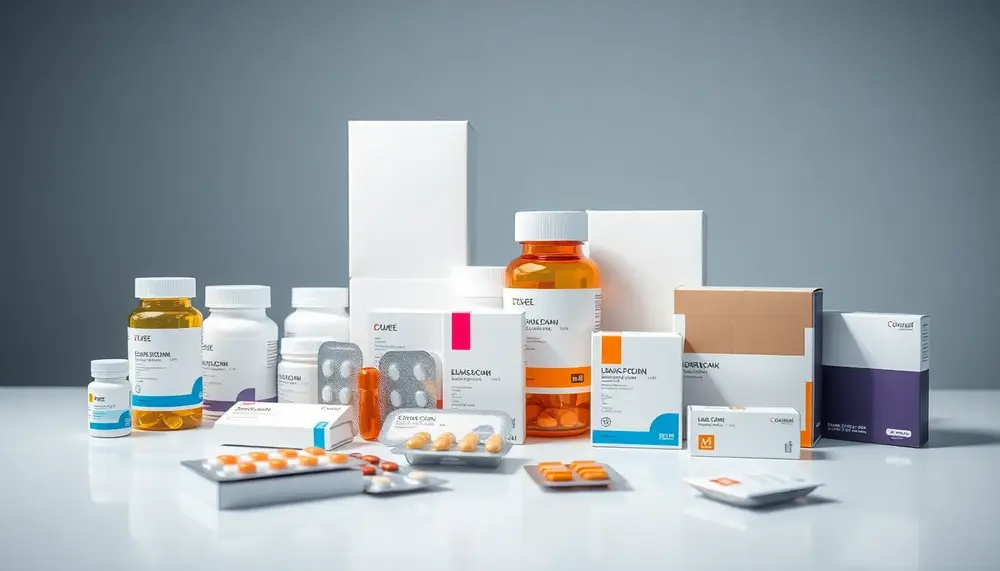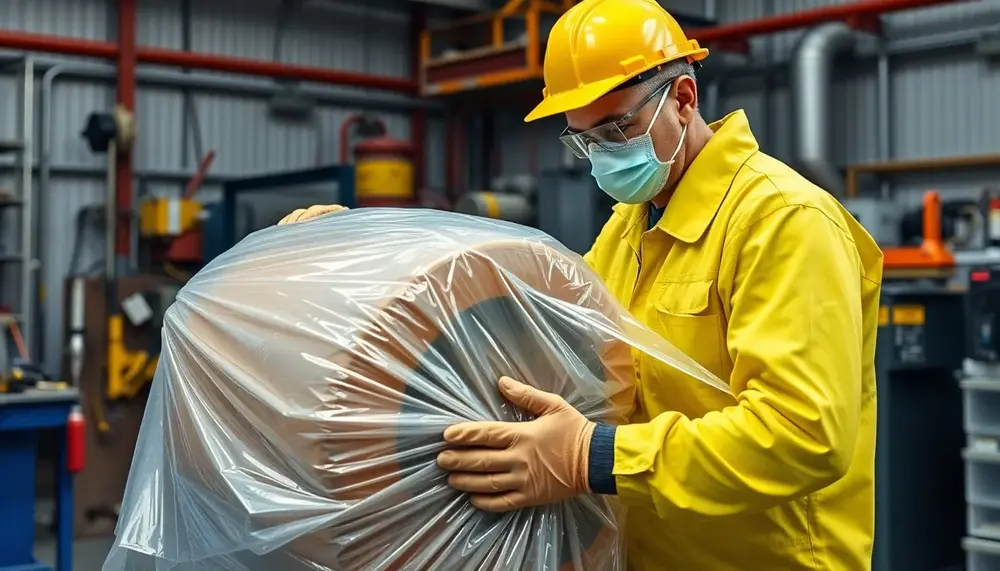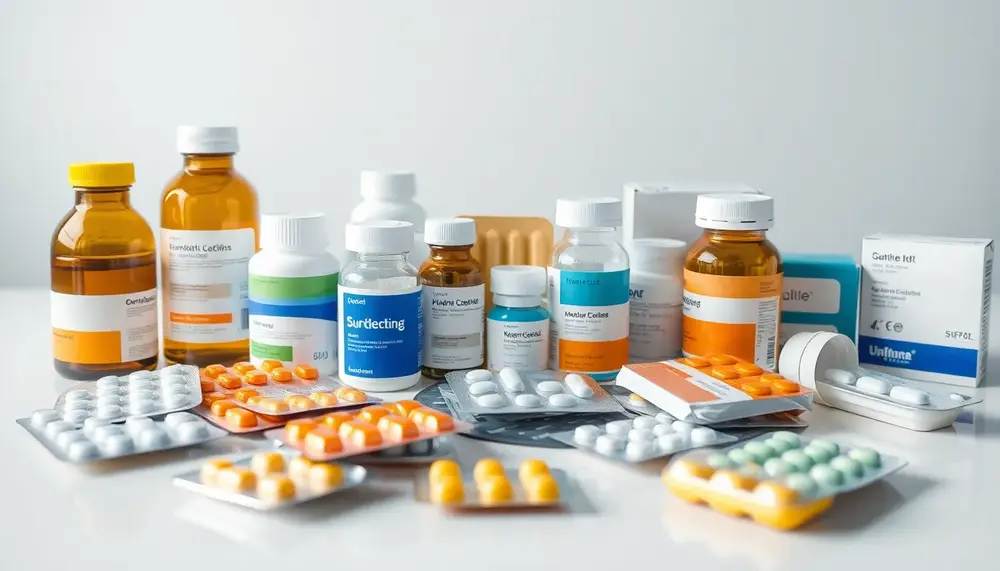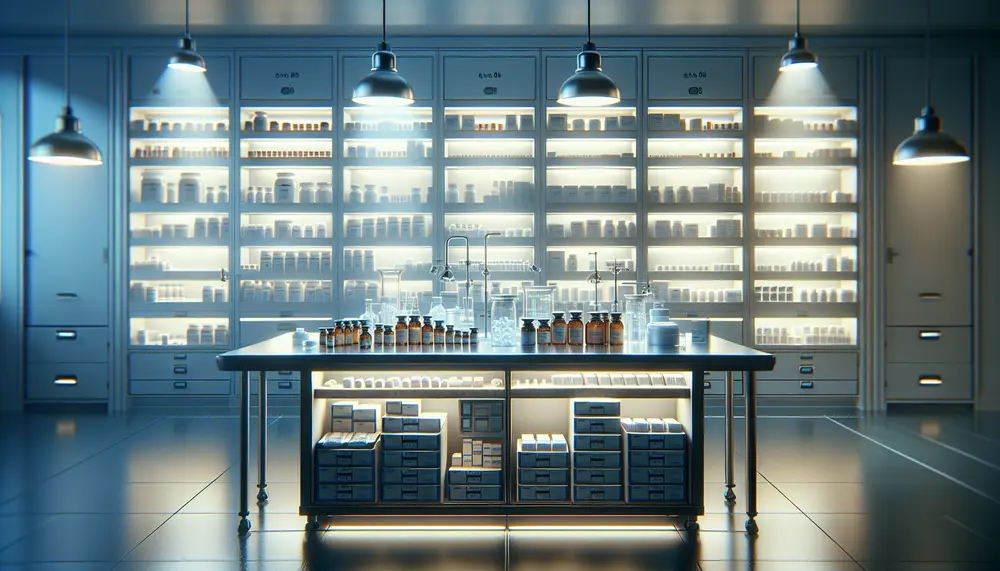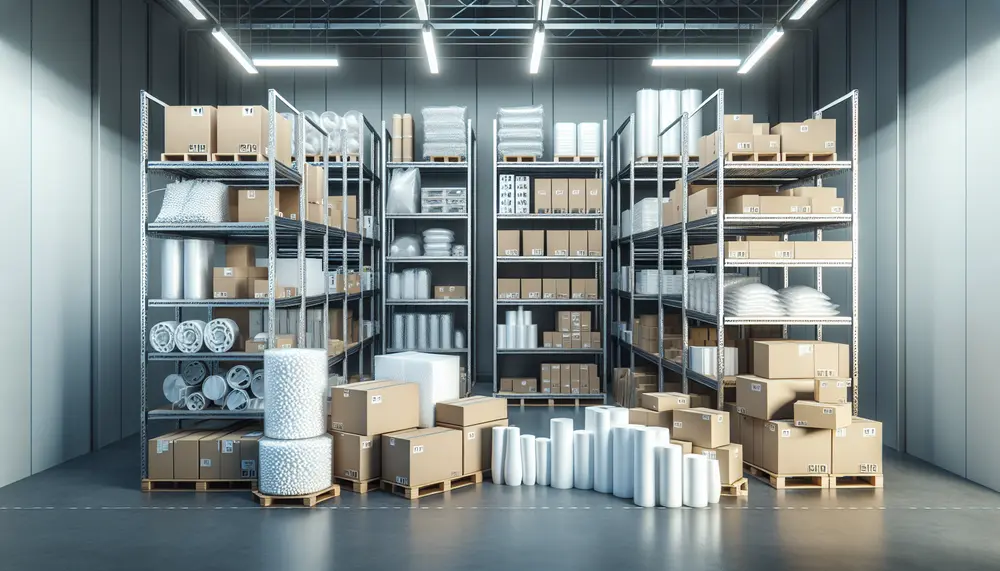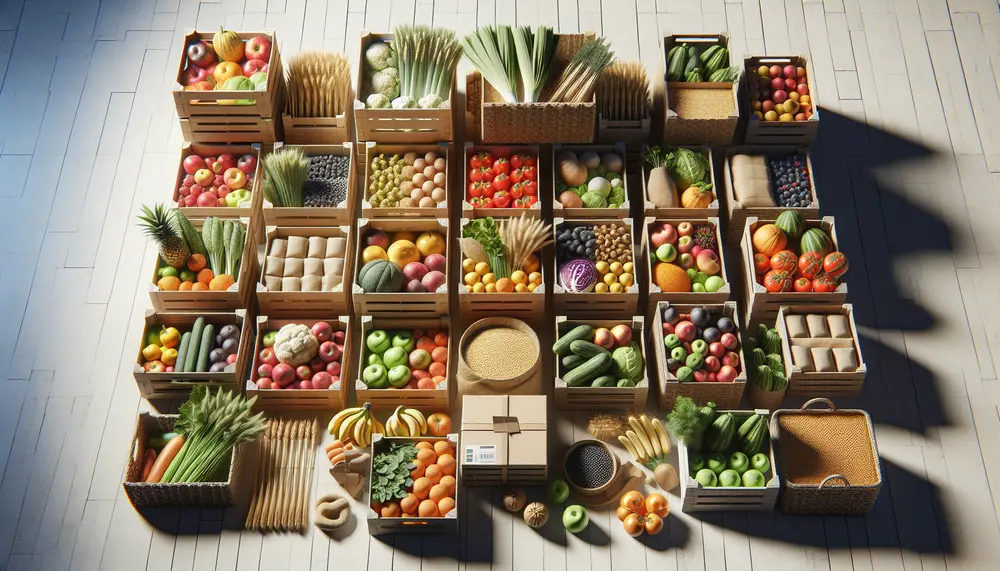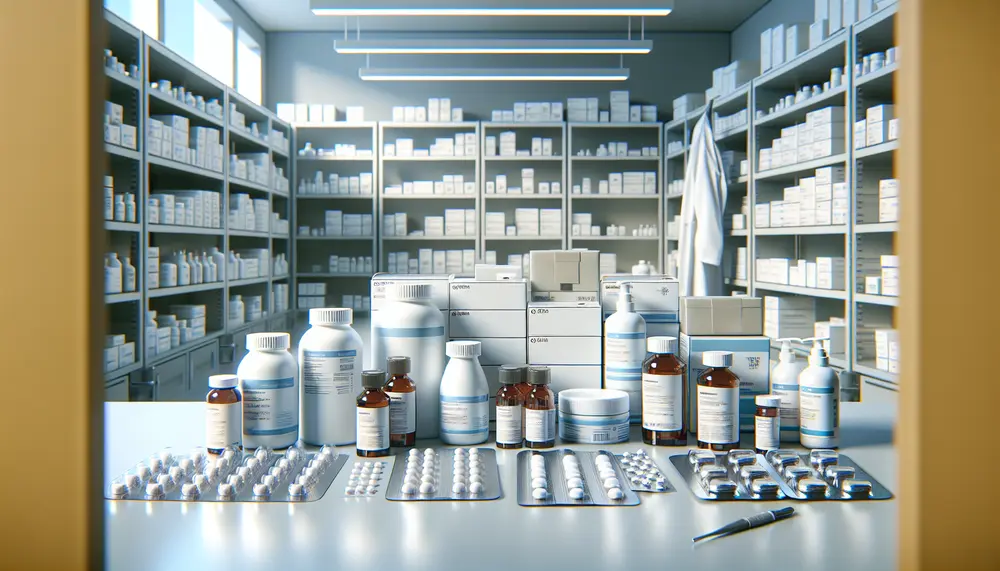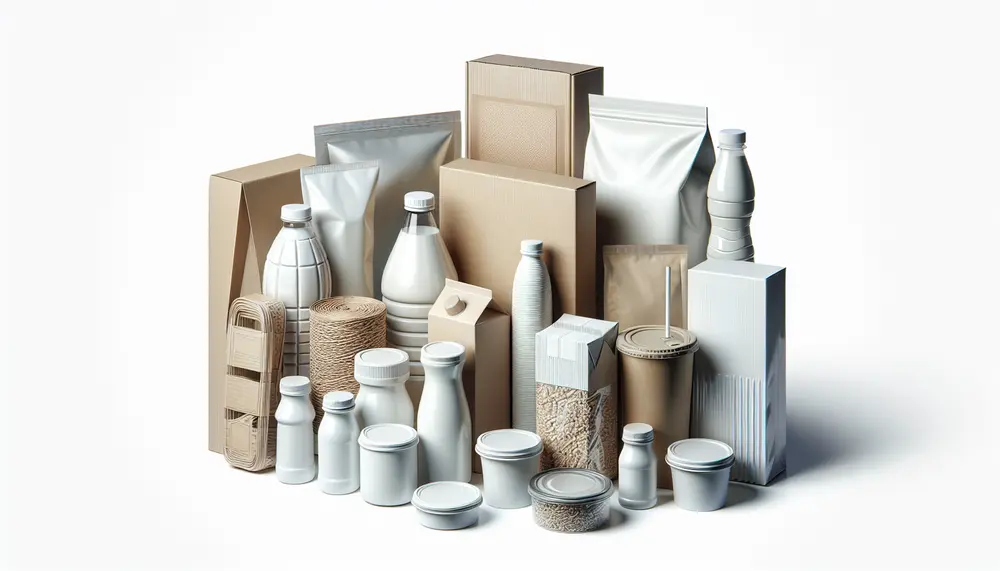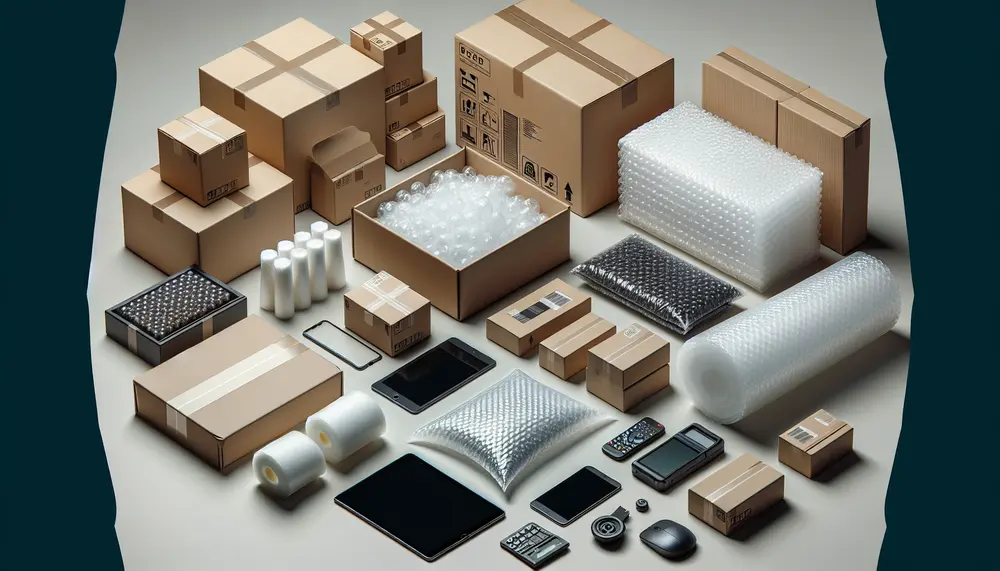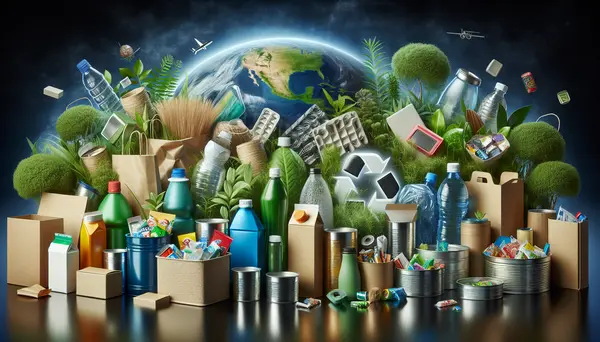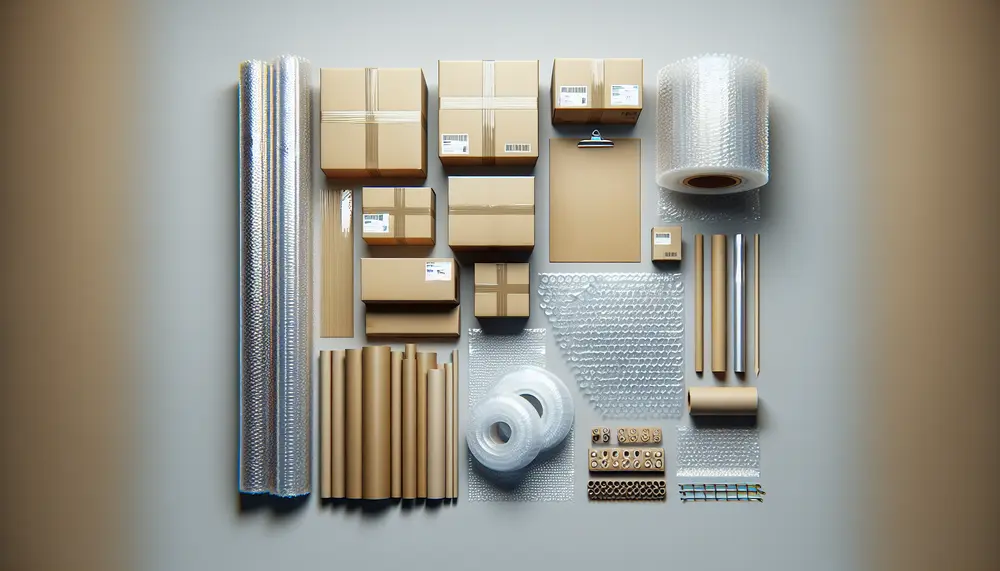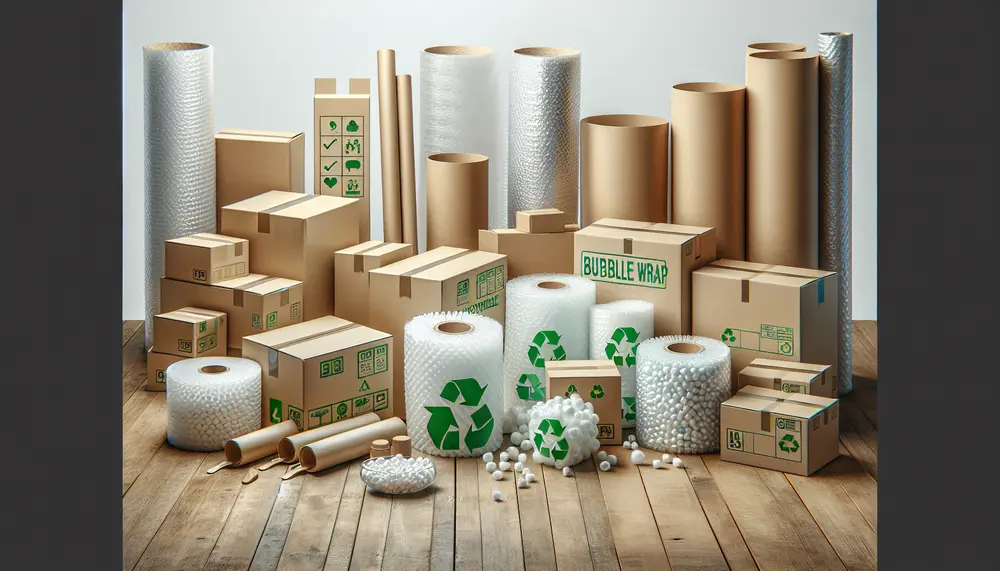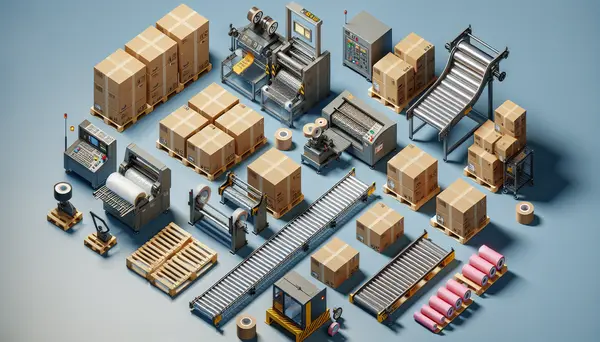Posts on the Topic Safety
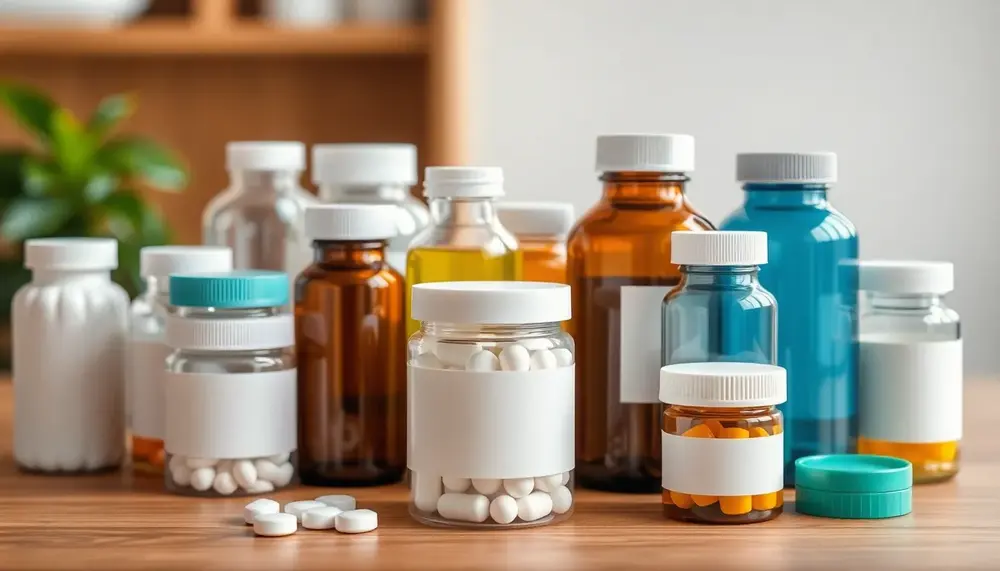
Choosing the right medical containers with lids is crucial for proper storage, considering factors like material compatibility, safety standards, and user-friendliness to ensure product integrity. Evaluating options such as plastic, glass, or metal can enhance durability and efficiency in handling...
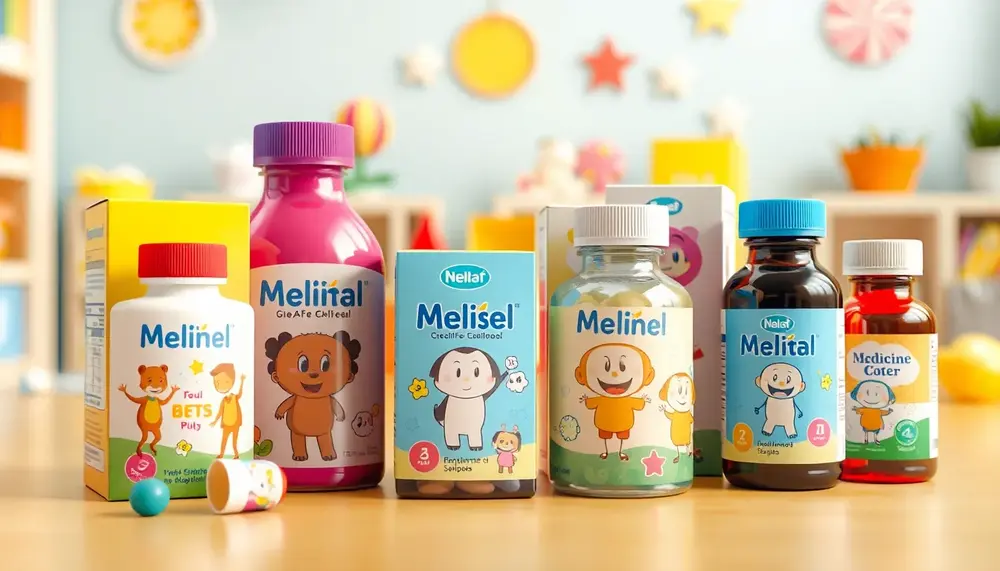
Designing child-friendly medicine packaging is crucial for safety and engagement, requiring a balance of appealing visuals, clear information, and user-friendliness for parents. Key considerations include child-proof features, attractive designs to capture children's interest, and sustainable materials to meet environmental concerns....
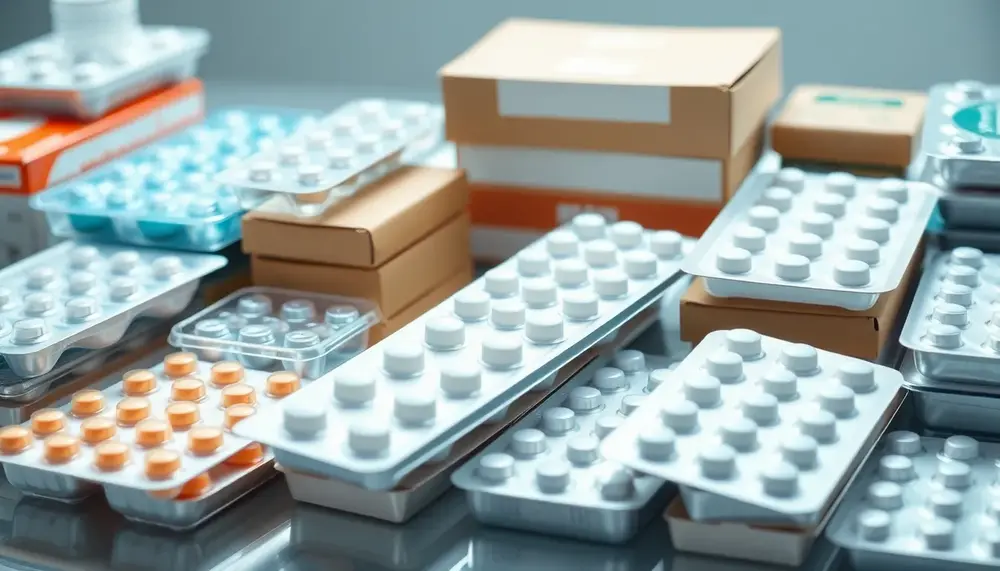
Choosing the right pharmaceutical packaging trays is crucial for product integrity, regulatory compliance, and logistical efficiency, impacting overall quality and cost-effectiveness. Proper selection ensures protection against external factors while facilitating handling and storage in adherence to strict industry standards....
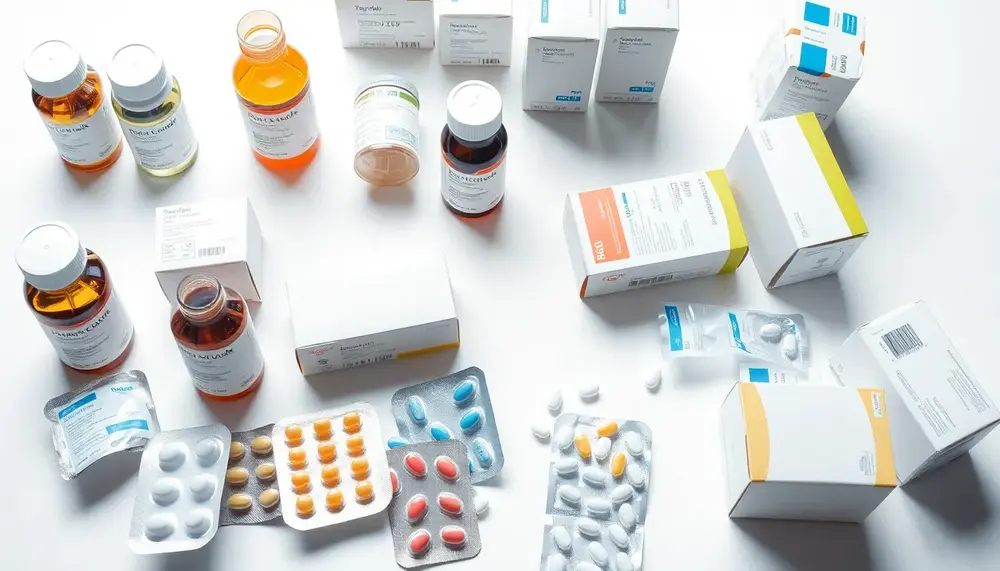
USP standards are essential in pharmaceutical packaging to ensure drug safety, efficacy, and regulatory compliance while preventing contamination. Plastic packaging systems play a crucial role by protecting medications through various applications like blister packs and vials, enhancing patient experience and...
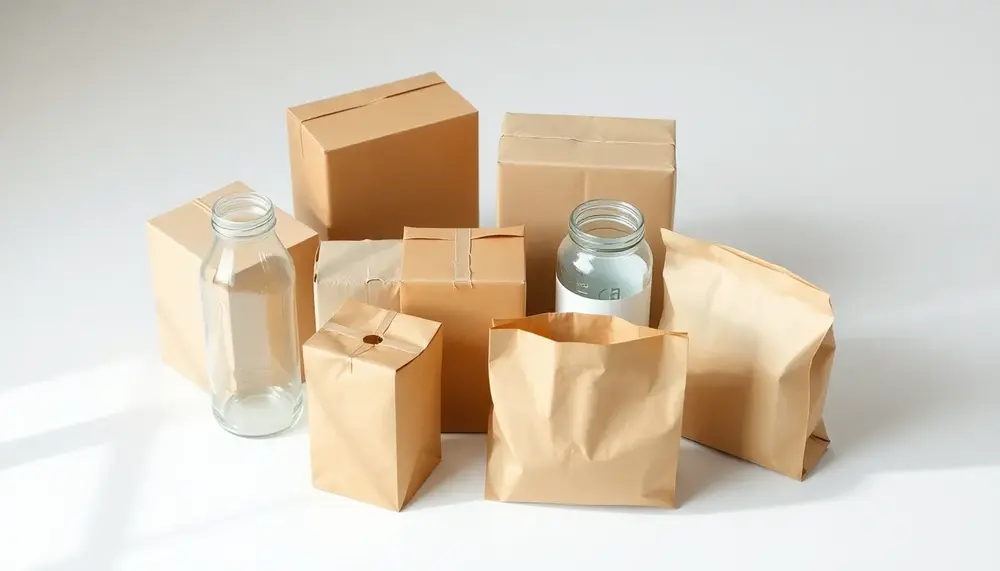
Packaging is the strategic process of enclosing products for protection, convenience, communication, brand identity, and sustainability. In modern industry, it supports compliance, automation, differentiation, inventory management, and consumer safety while balancing advantages like product protection with disadvantages such as environmental...
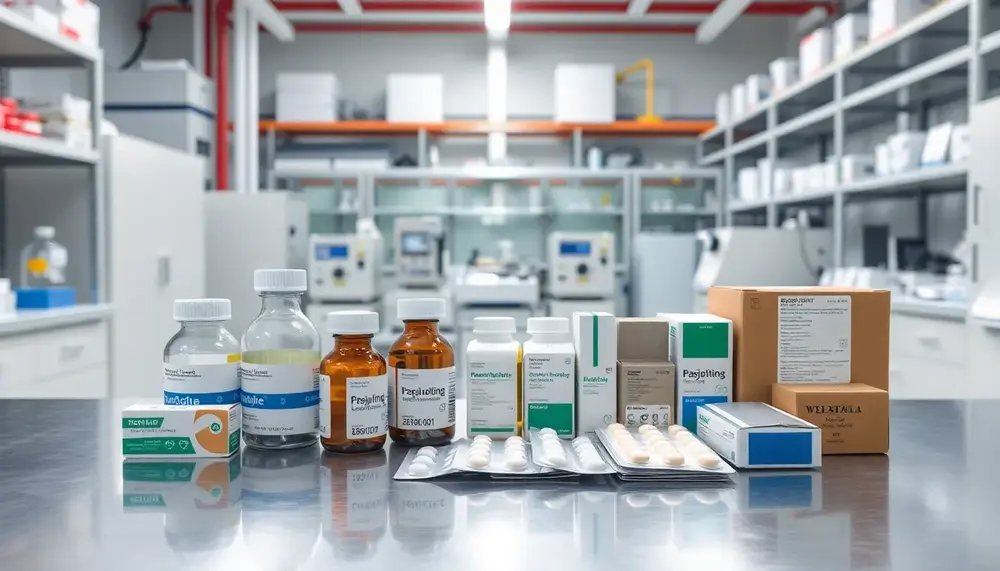
Singapore’s pharmaceutical packaging sector is shaped by diverse segments—prescription drugs, OTCs, biologics, and emerging niches—all demanding secure, innovative solutions. The industry excels through advanced compliance, smart technologies, and agile services but faces challenges like regulatory complexity and high costs while...
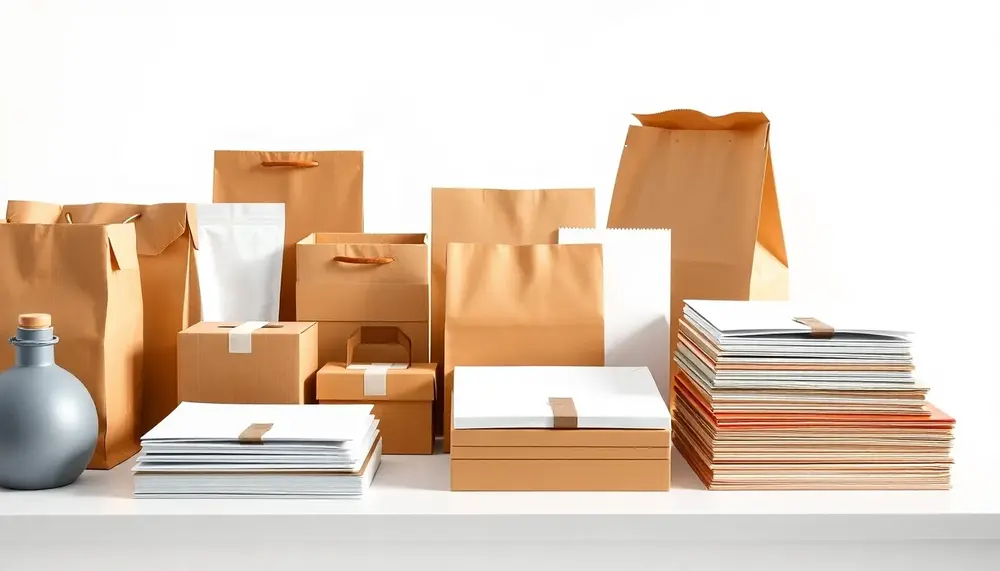
Packaging and stationery catalogues serve diverse audiences—from corporate buyers to creatives—by offering a wide, intuitively organized product range tailored to varied needs. While they provide efficient procurement and value-added services, their breadth can overwhelm new users and printed versions may...
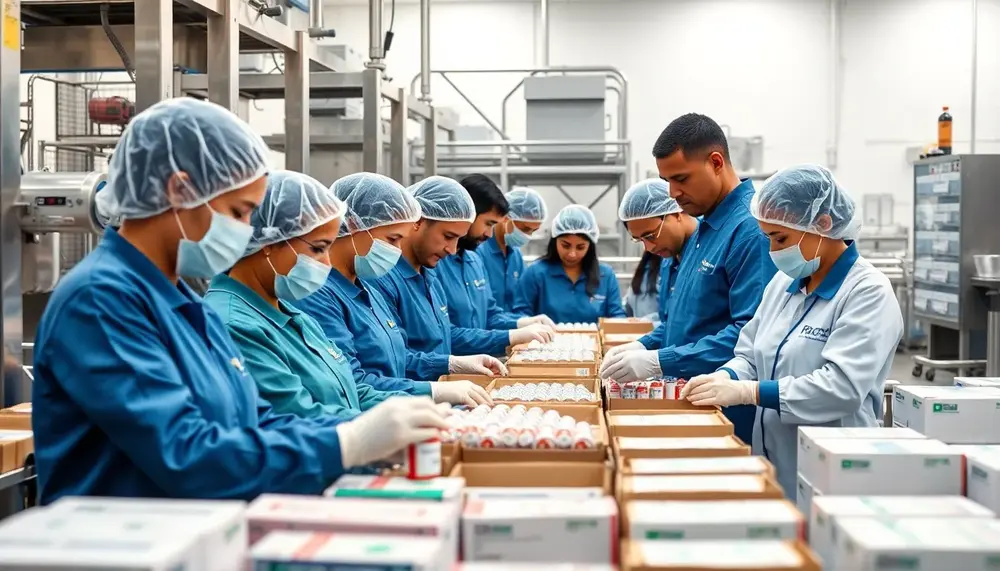
Pharmaceutical packaging operators ensure product integrity and patient safety by managing complex machinery, maintaining strict documentation, troubleshooting issues, and collaborating with quality teams. The role demands adaptability, attention to detail, strong communication skills, compliance focus, and resilience in a fast-paced...
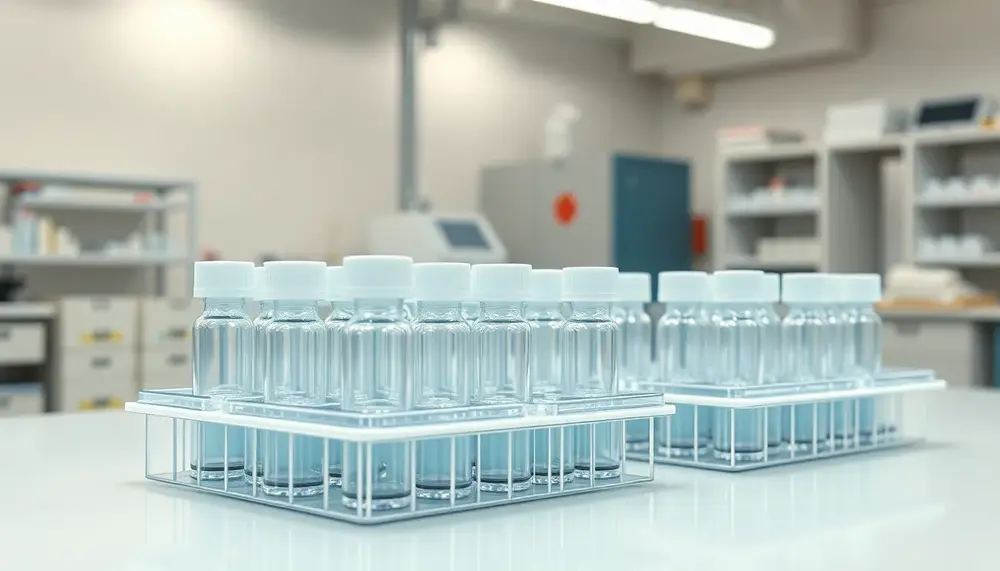
Pharmacy vial packaging must comply with strict regulations for child-resistance, tamper-evidence, material safety, labeling, traceability, and environmental standards. Choosing advanced vial systems with features like universal caps and integrated security enhances both compliance and patient safety....
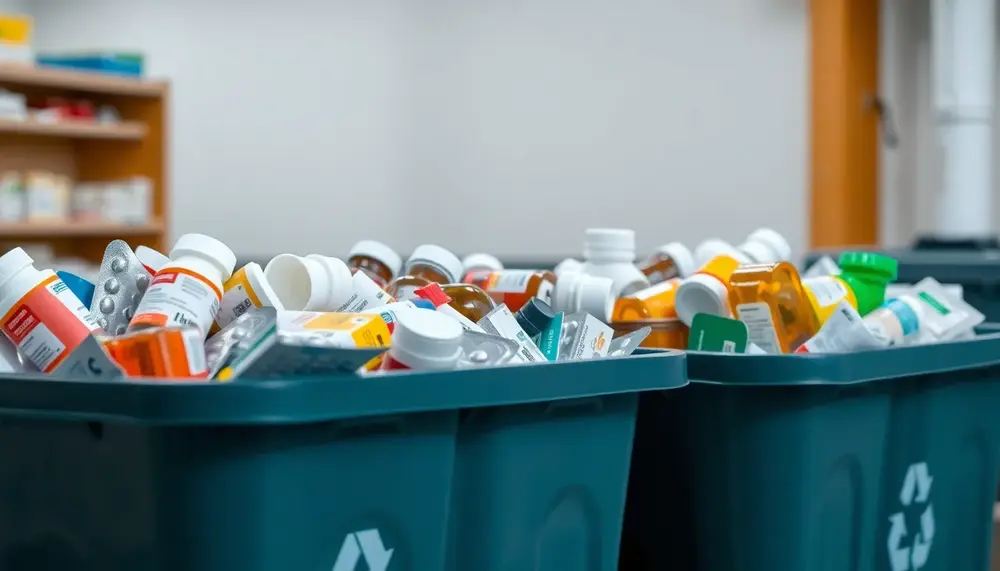
Sustainable pharmaceutical packaging is under urgent scrutiny due to high CO₂ emissions, regulatory pressure, and the need for safe, recyclable solutions. Cutting-edge recycling technologies—like advanced mechanical sorting, chemical depolymerization, carbon capture polymers, bio-based materials, and digital watermarking—are driving a shift...
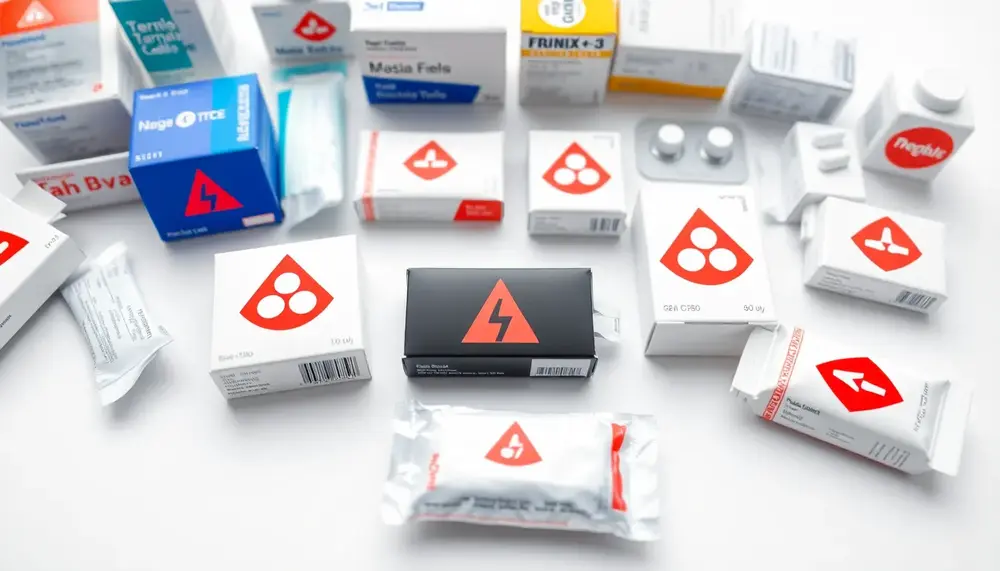
Red alerts in pharmacy packaging are critical safety tools that use high-visibility design elements to prevent medication errors, benefiting both healthcare professionals and patients. By highlighting essential information like dosage limits or warnings against misuse, they enhance clarity, reduce risks...
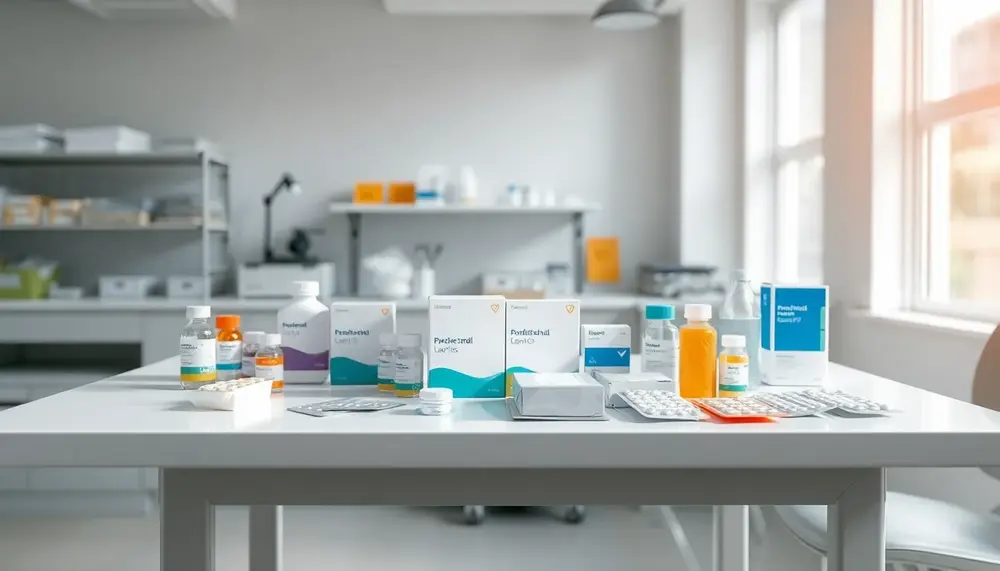
Pharmaceutical packaging in the EU plays a vital role beyond protection, ensuring safety, compliance, and sustainability while adapting to diverse market needs under strict regulations. Key frameworks like the Falsified Medicines Directive and European Green Deal drive innovation in traceability,...
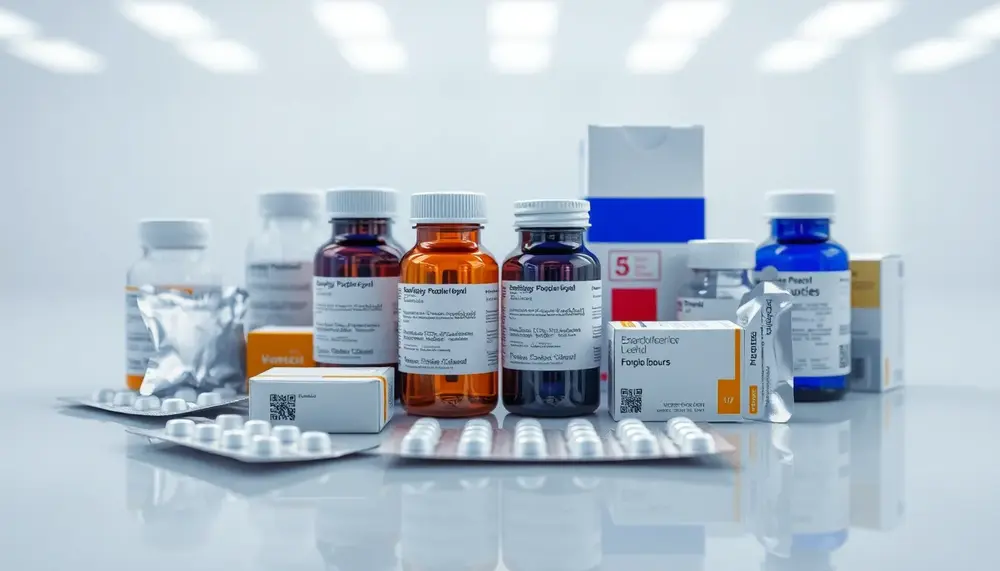
Pharma-grade packaging is a meticulously designed system that ensures the safety, stability, and usability of medications by protecting them from environmental factors, contamination, and degradation while meeting strict regulatory standards. It incorporates advanced materials, user-friendly features like tamper-evident seals, and...
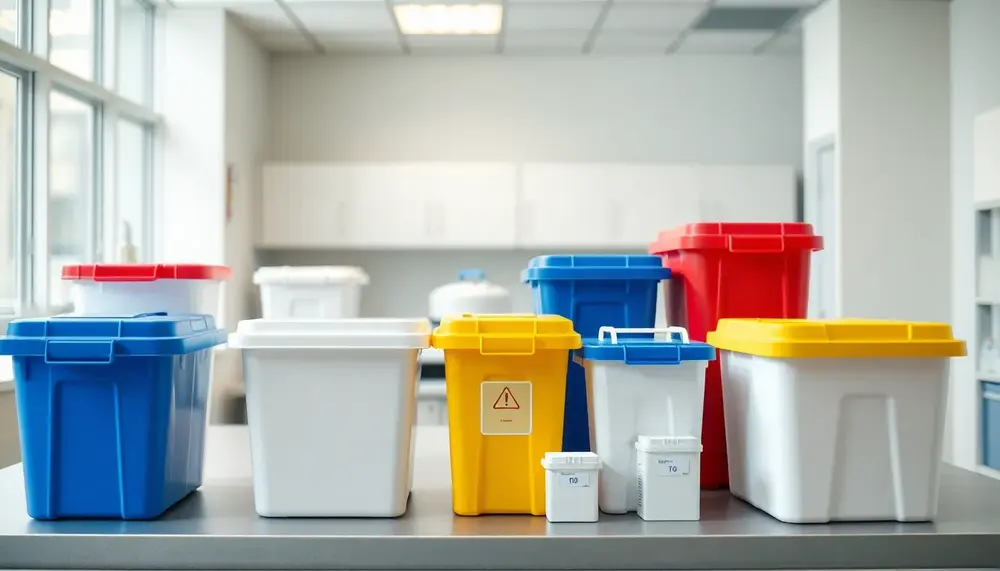
Pharmaceutical waste containers are essential for safely managing hazardous and non-hazardous pharmaceutical waste, protecting public health, the environment, and ensuring regulatory compliance. Choosing the right container involves understanding waste types, prioritizing features like durability, secure lids, clear labeling, and proper...
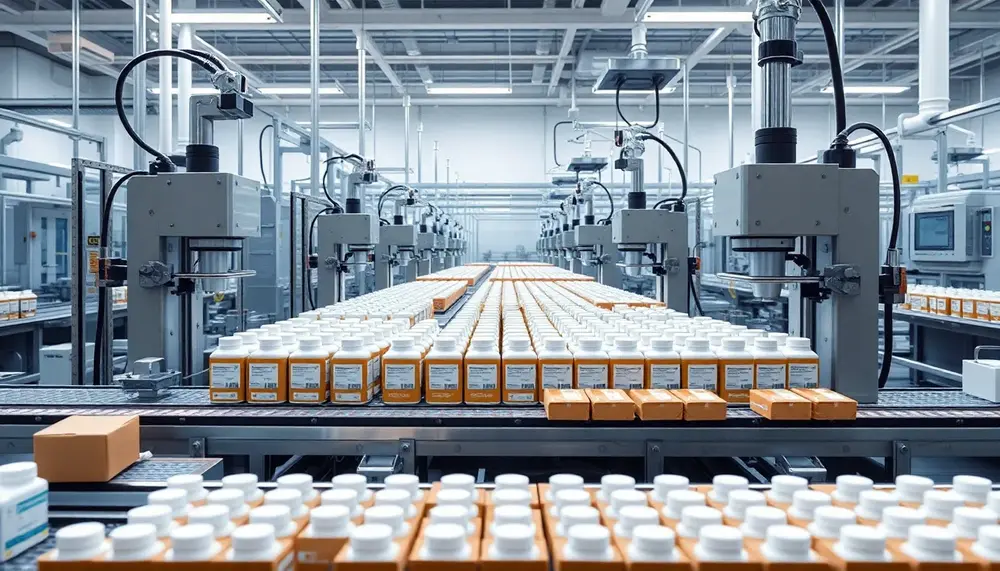
Pharmaceutical packaging systems are crucial for maintaining drug safety and efficiency by preventing contamination, optimizing storage and transport, and providing essential information. These systems involve primary, secondary, and tertiary layers to protect medications from external factors while enhancing user experience...
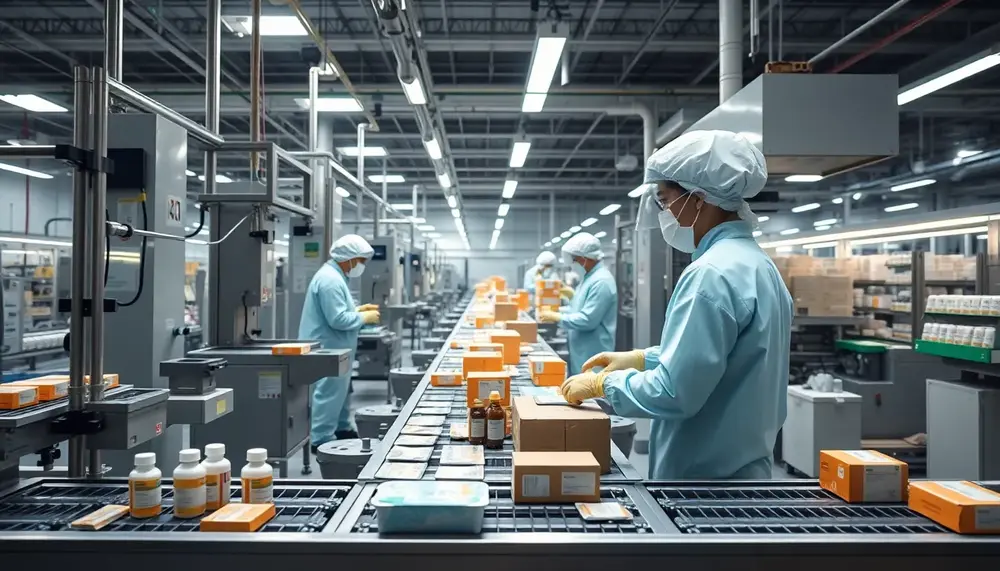
Pharmaceutical packaging training is essential for ensuring medication safety and compliance with evolving regulations, empowering professionals to innovate and manage risks effectively while enhancing career opportunities. These dynamic programs combine theoretical knowledge with practical application through interactive sessions, self-paced modules,...
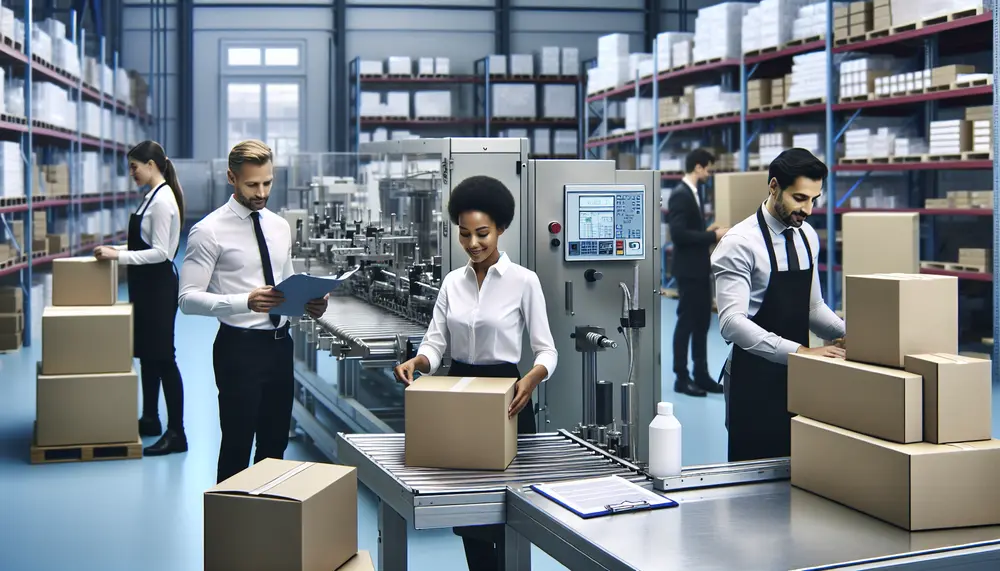
Protective packaging manufacturers design and produce solutions to safeguard products from damage, contamination, and environmental factors during transportation and storage. They work with various industries to create customized packaging using materials like foam, bubble wrap, corrugated cardboard, plastic films, barrier...
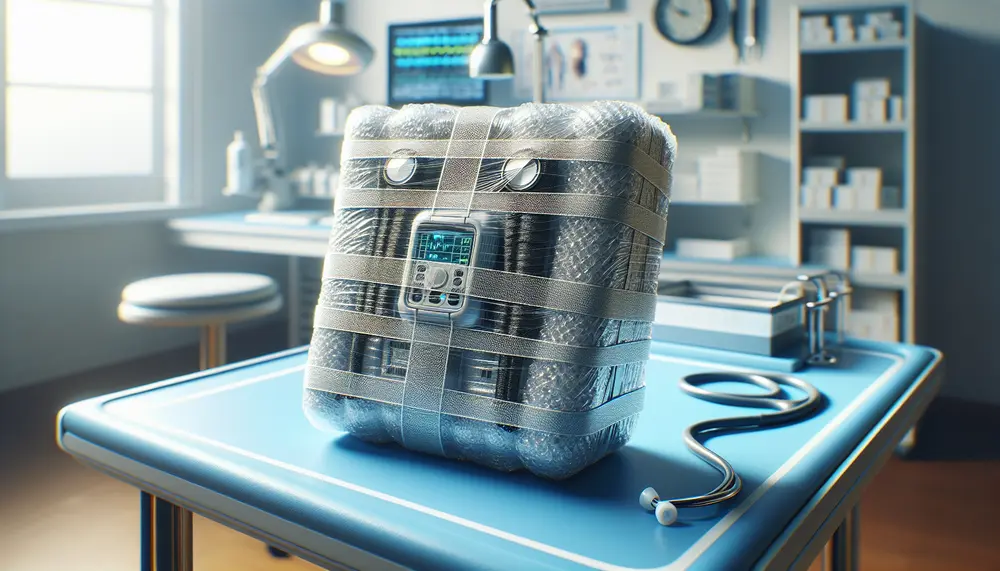
Protective packaging for medical devices is essential to ensure their safety, integrity, and sterility during transportation and storage. It involves selecting appropriate materials that can withstand sterilization processes while providing physical protection and maintaining regulatory compliance....
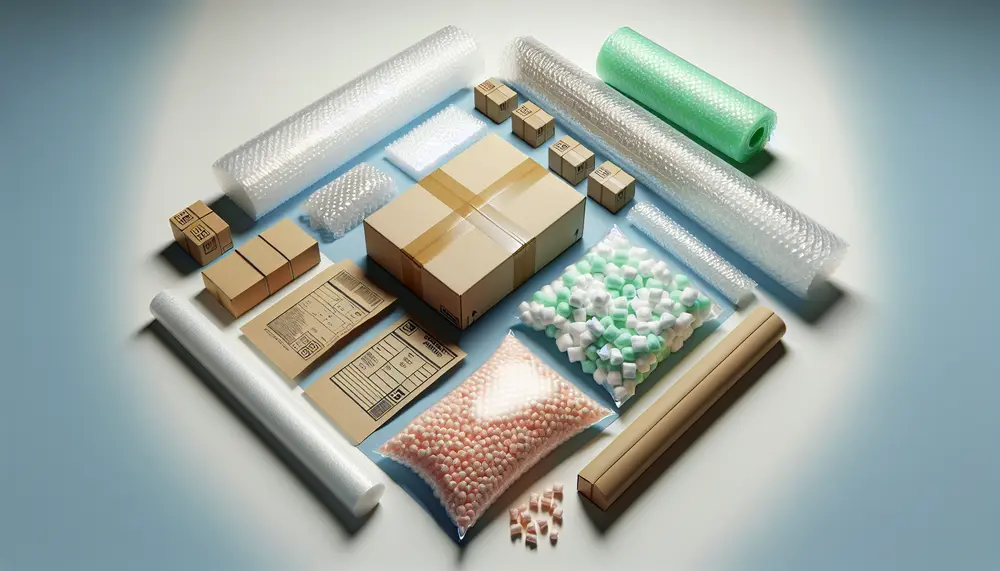
Universal protective packaging offers a versatile, cost-efficient solution for safeguarding products across various industries during transit and storage. Its adaptable design ensures enhanced product safety, improved customer satisfaction, and eco-friendly options while simplifying the packaging process....
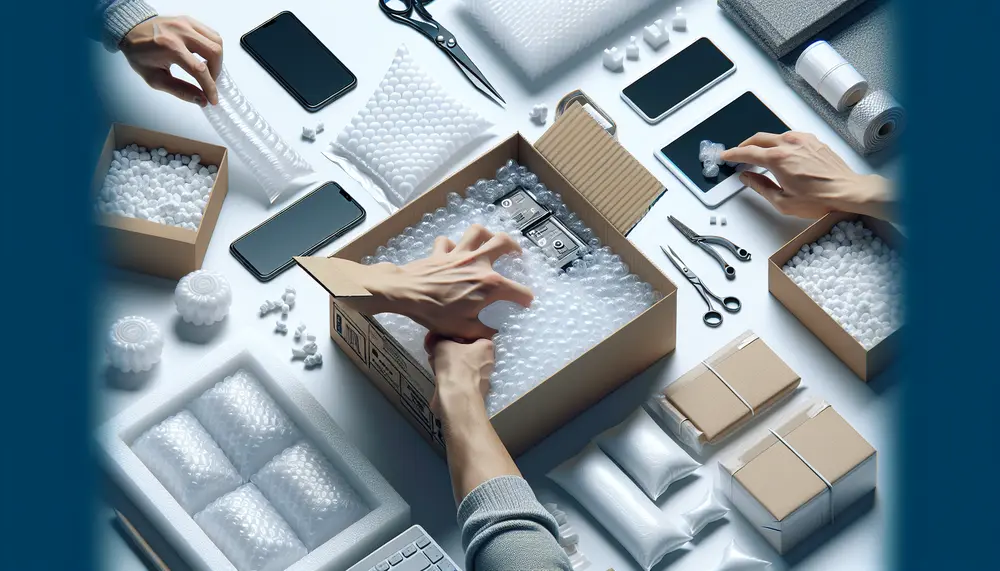
Choosing the right protective packaging is crucial for product safety and customer satisfaction, with Sealed Air offering innovative, high-quality solutions like Bubble Wrap, Instapak Foam, and eco-friendly options. By understanding different types of protective packaging and their benefits, businesses can...
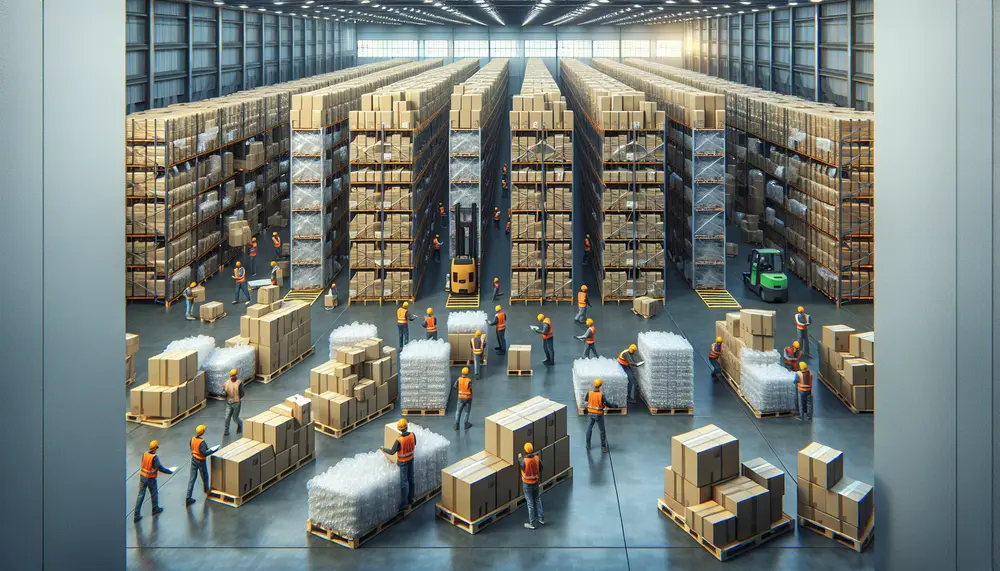
Protective packaging and materials handling are essential in logistics to ensure products reach their destination undamaged, optimizing efficiency and reducing costs. By implementing best practices such as choosing the right materials, using cushioning, securing packaging, clear labeling, testing packaging durability,...
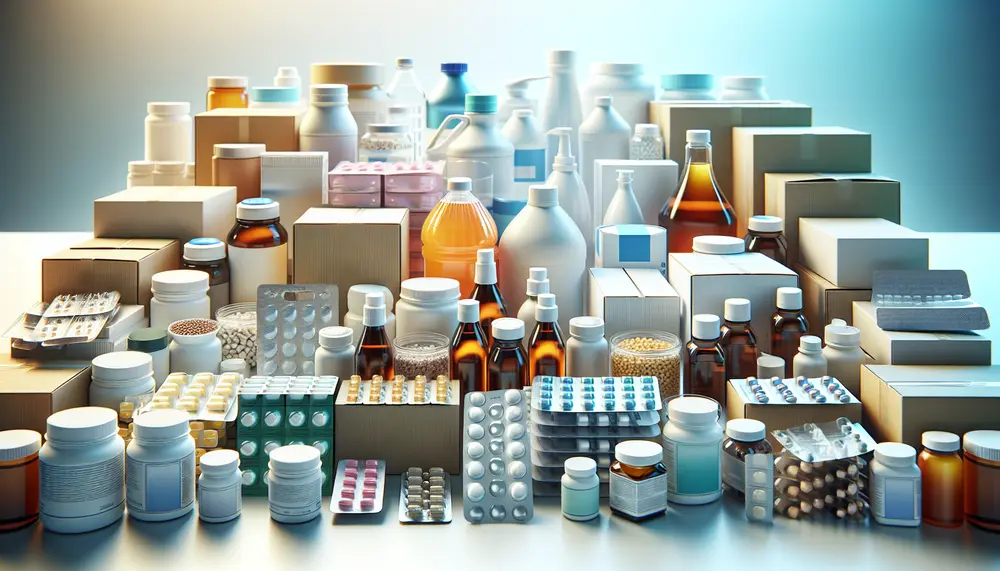
Pharmaceutical food packaging combines principles from both pharmaceutical and food sectors to ensure product safety, efficacy, and compliance with stringent regulations. Key aspects include material selection, barrier properties, clear labeling, child-resistant features, traceability, quality control measures like GMP adherence, risk...
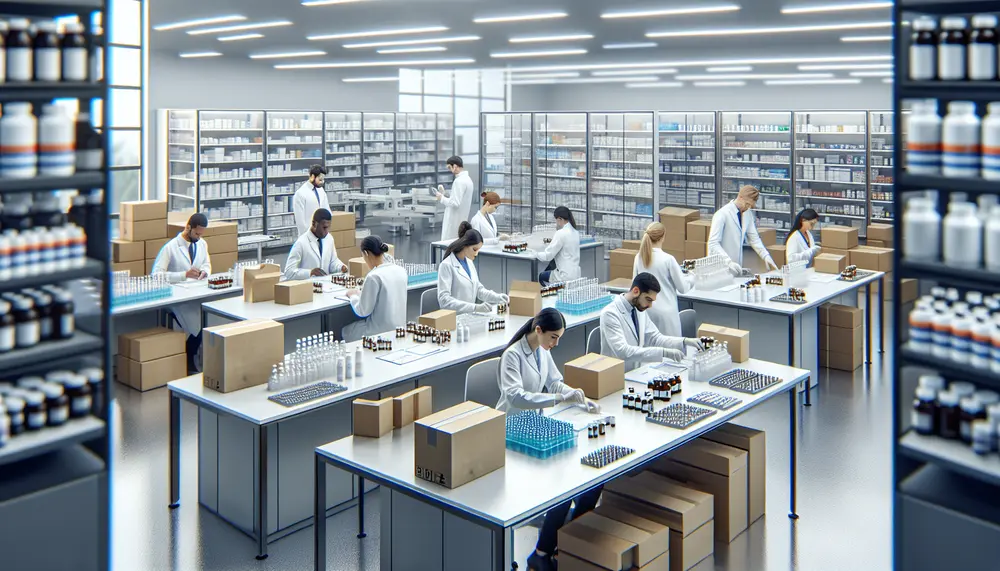
Pharmaceutical packaging for export requires strict adherence to international regulations set by global regulatory bodies like WHO, ICH, EMA, FDA, and PMDA to ensure safety and quality. Key regulations include Good Manufacturing Practice (GMP), ISO standards, serialization systems, labeling requirements,...
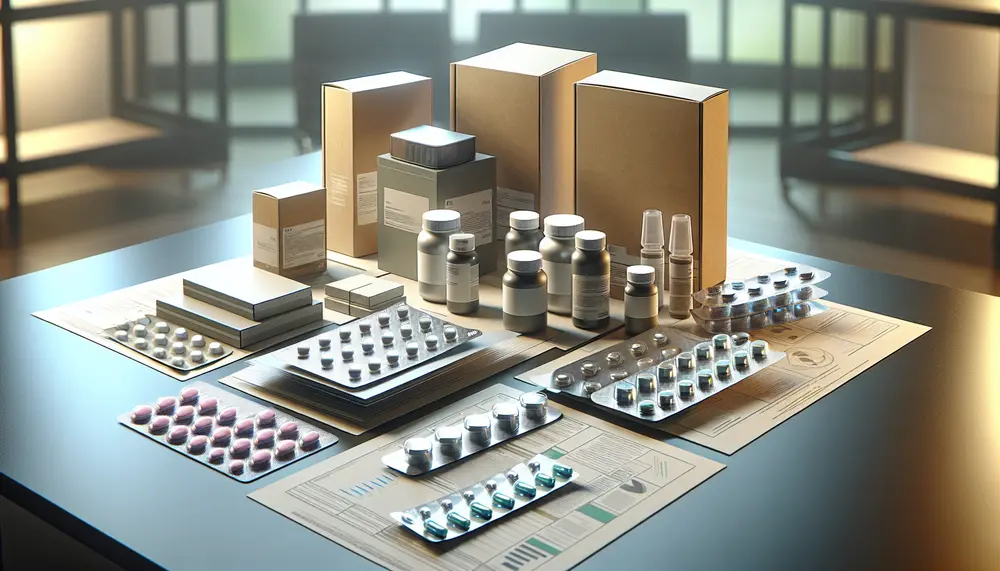
The pharmaceutical industry is evolving with innovations in packaging that enhance patient safety, improve drug efficacy, and meet regulatory requirements. Key advancements include smart blister packs for tracking medication adherence, high-barrier materials for protection against environmental factors, tamper-evident bottle features,...

